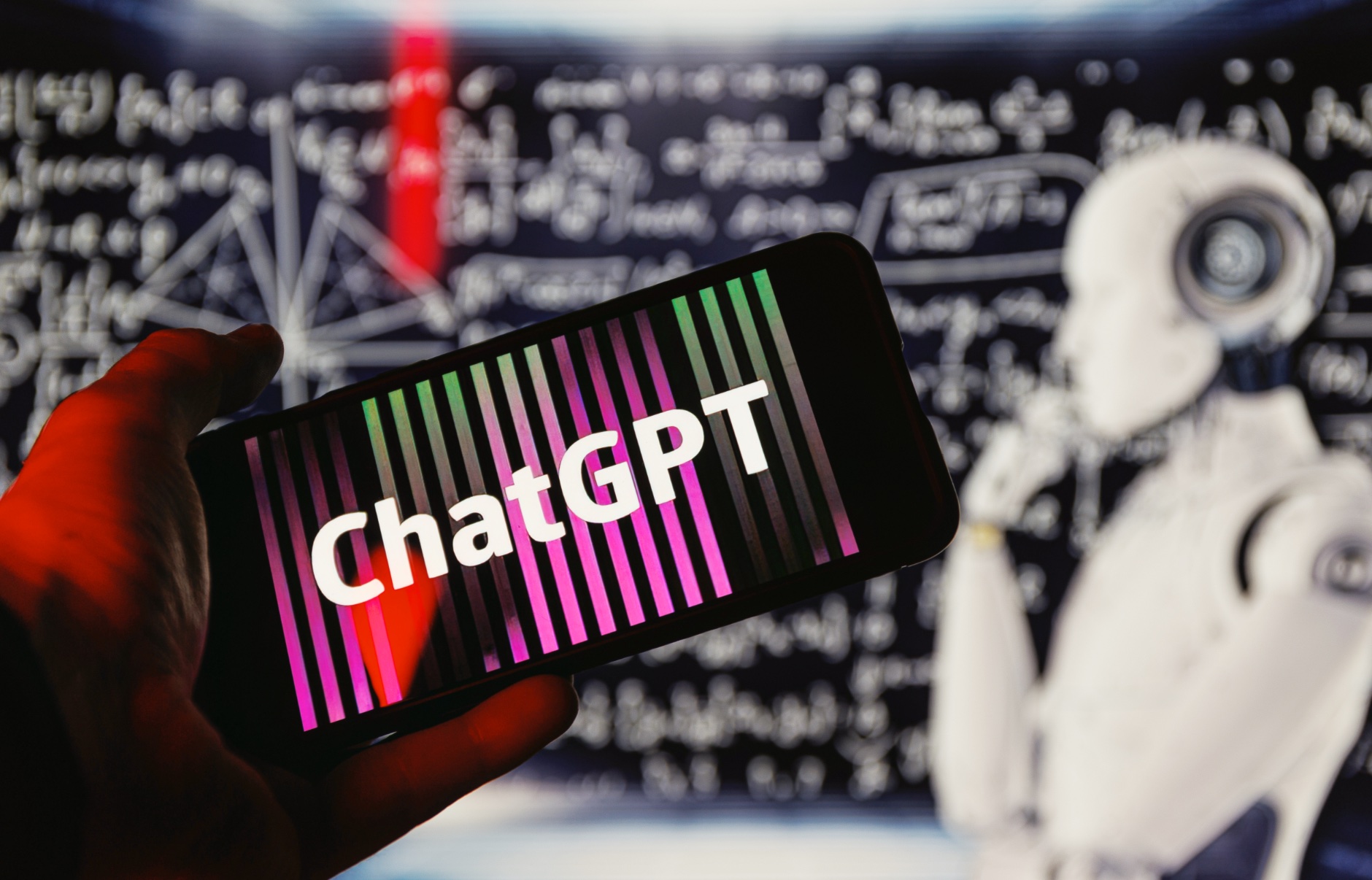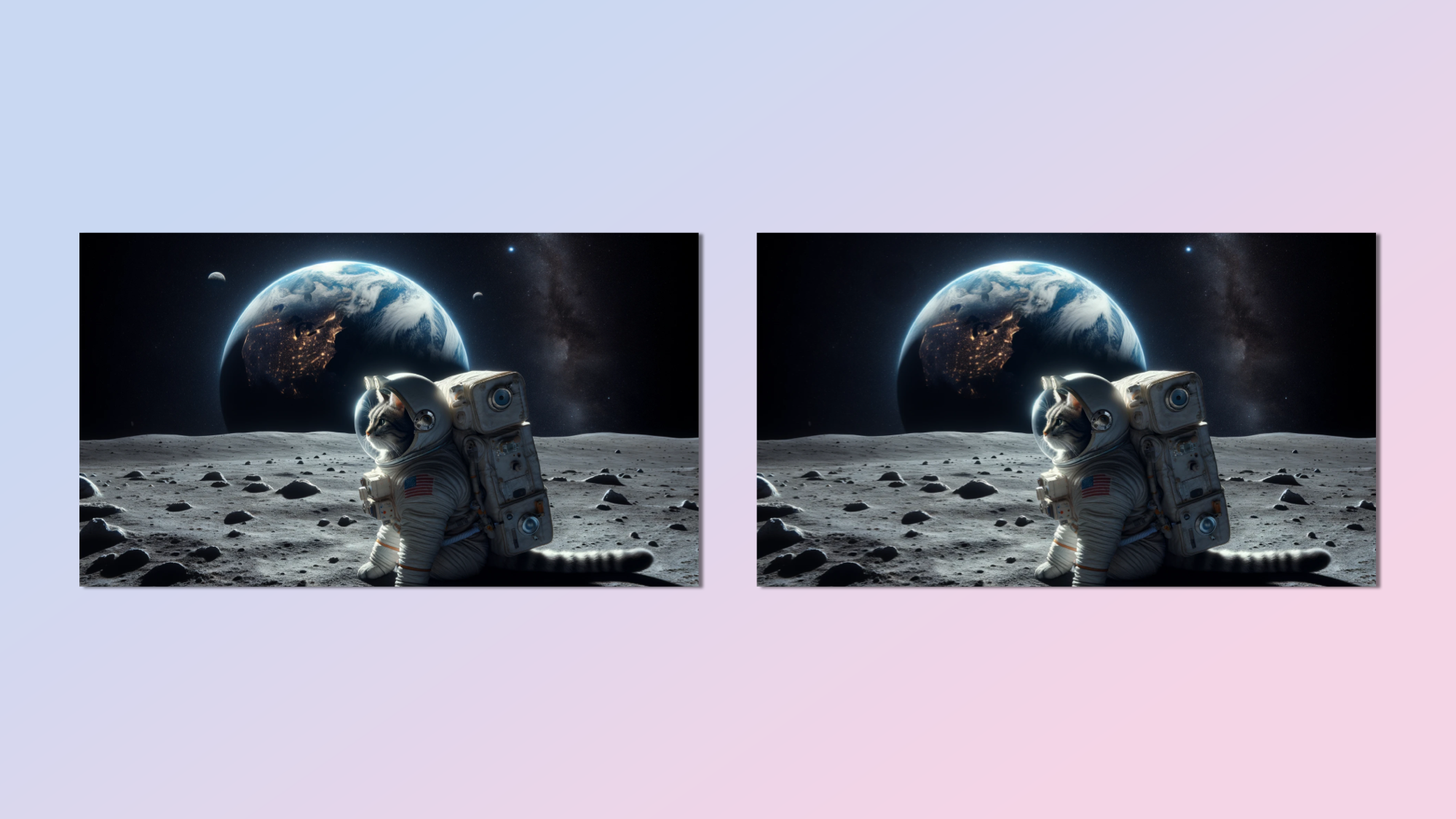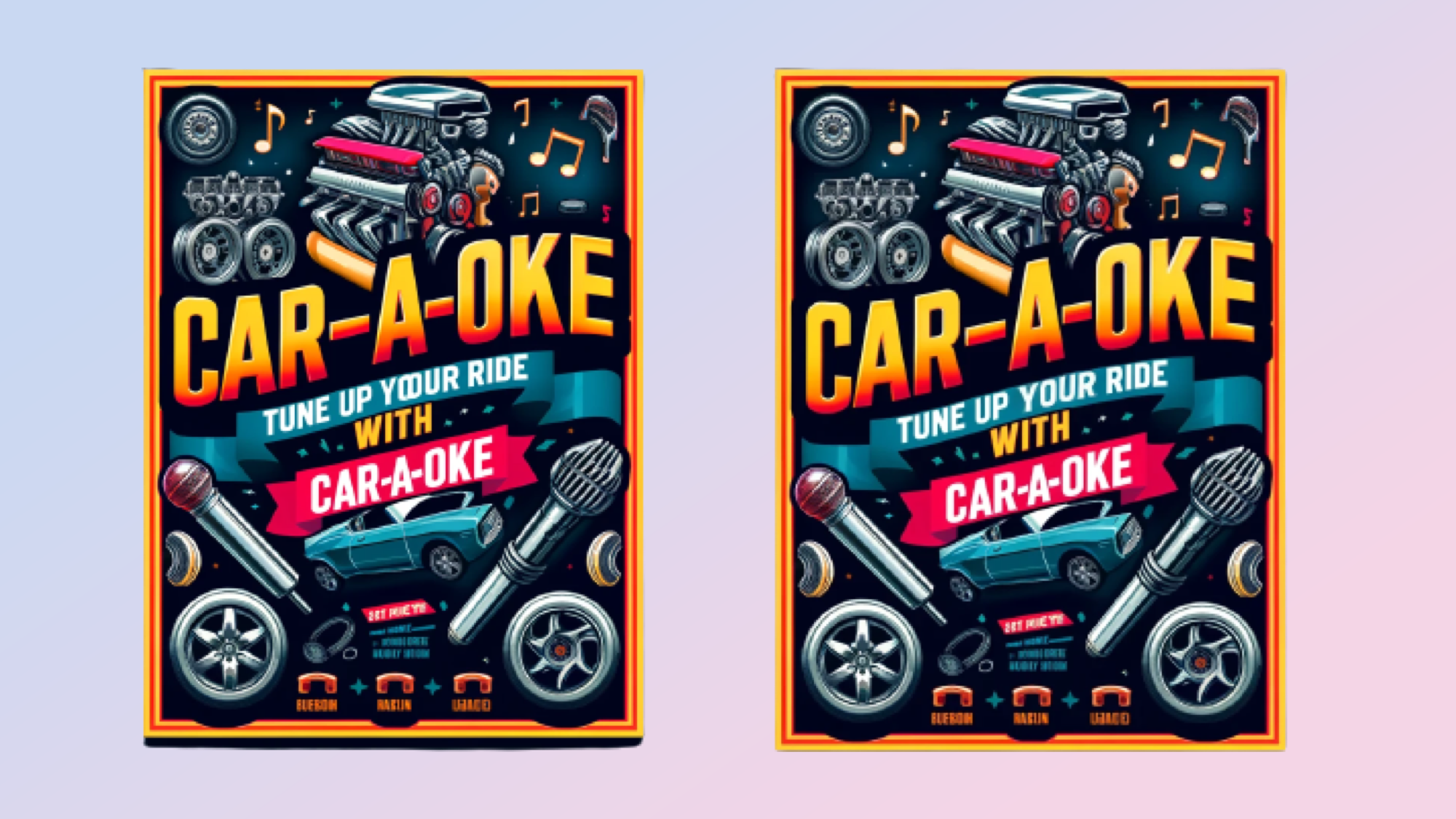You can now edit images in ChatGPT — here’s how

OpenAI has given its DALL-E 3 artificial intelligence image generator its first major upgrade since it launched last year. You can now edit, remove or adapt any section of the picture.
Built into the ChatGPT AI chatbot, DALL-E 3 is capable of creating a wide range of images in landscape, portrait or square format and can produce cartoon or photorealistic depictions.
With the new update, users can select any part of the generated image and tell ChatGPT what to do with that space. In a quick test I had it remove two random moons from a picture of Earth.
Editing images with ChatGPT
This form of AI image editing is also known as inpainting and is something already available in the Microsoft implementation of DALL-E in Copilot. Midjourney has had inpainting since last year and Adobe Firefly has a style reference feature to adapt an image.
The OpenAI implementation relies heavily on ChatGPT understanding your request. I found during testing it really struggled if asked to add something in but was good at removing things from a scene.
One area it is particularly useful is in changing text generated on the image. While DALL-E 3 is significantly better than its predecessor at adding text, it still makes regular mistakes such as adding an extra letter in the middle of a word, or missing a letter entirely.
Inpainting allows you to select that part of the image — highlighting the incorrect letters — and giving ChatGPT the correct spelling. This is great for making posters or flyers.
Get instant access to breaking news, the hottest reviews, great deals and helpful tips.
How well does editing images work in ChatGPT?
The actual process of editing an image is very simple. You open the generated image, click the inpainting tool, draw around the area you want to change then tell ChatGPT what you want.
The problem is, ChatGPT can be a bit lazy and in more than half of the attempts I made it claimed to add an object when no object was added. If you reply and say “no you didn’t” it doesn’t try again, rather it completely regenerates the image.
Overall its a very good implementation of inpainting with a lot of work to do to make it more useful
When it works it is genuinely impressive and fast. In one example I had it create a picture of a cat on the moon. Looked great but it decided to add two extra moons. I highlighted them both and said remove the random moons and it did exactly that.
However, when I tried to get it to put a lunar lander on the surface next to the cat it either flat out refused or also added an extra planet behind the lander — so we had two Earths.
Overall its a very good implementation of inpainting with a lot of work to do to make it more useful. For example OpenAI needs to get ChatGPT to actually do what it is asked.
More from Tom's Guide
- OpenAI's GPT Store is now live with over 3 million custom chatbots to try
- OpenAI launches custom chatbots — this is how they work and what they can do
- Forget ChatGPT — OpenAI now lets you build your own chatbot for any task

Ryan Morrison, a stalwart in the realm of tech journalism, possesses a sterling track record that spans over two decades, though he'd much rather let his insightful articles on AI and technology speak for him than engage in this self-aggrandising exercise. As the former AI Editor for Tom's Guide, Ryan wields his vast industry experience with a mix of scepticism and enthusiasm, unpacking the complexities of AI in a way that could almost make you forget about the impending robot takeover.
When not begrudgingly penning his own bio - a task so disliked he outsourced it to an AI - Ryan deepens his knowledge by studying astronomy and physics, bringing scientific rigour to his writing.











